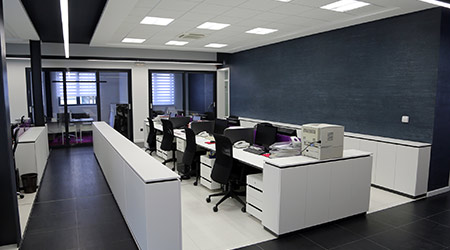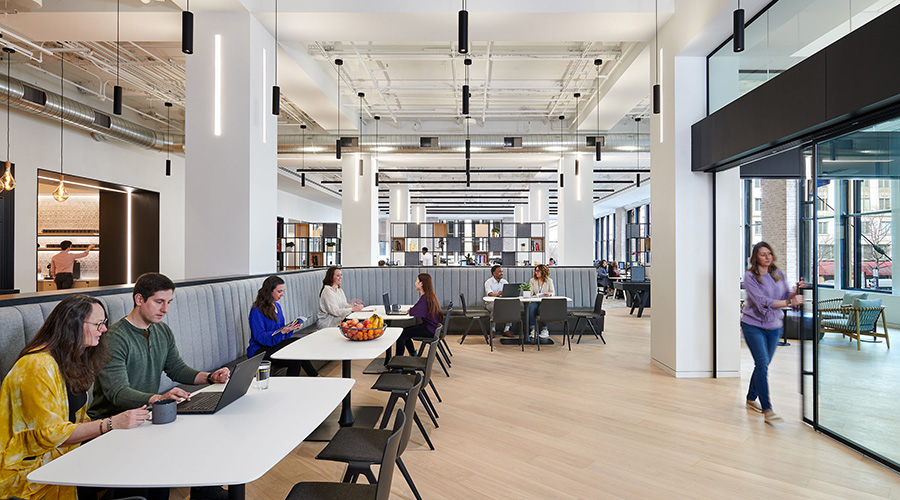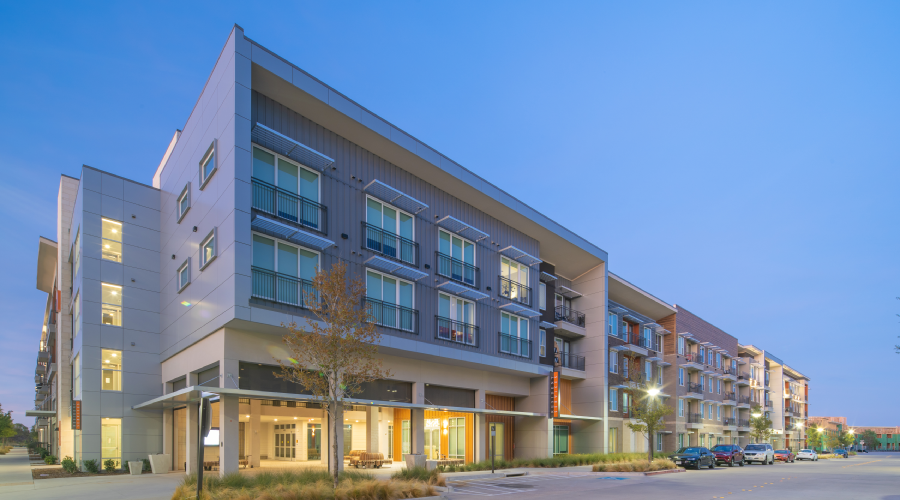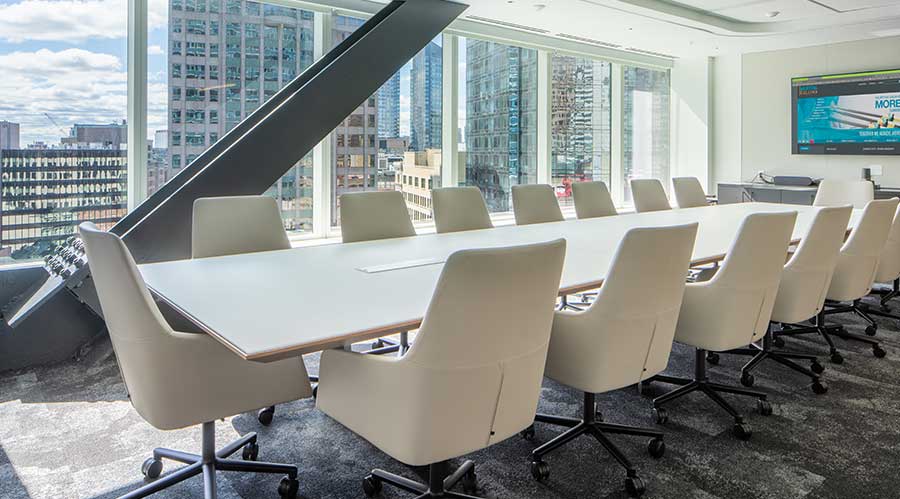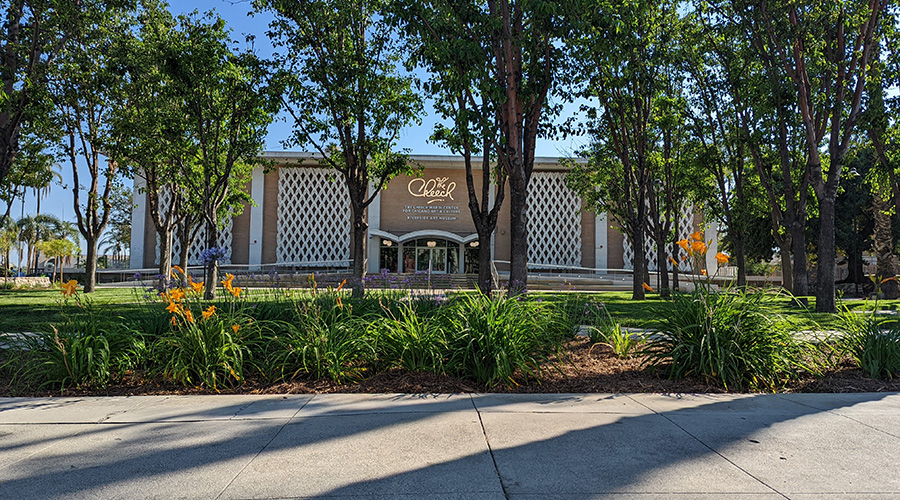Using Interior Strategies To Boost Productivity, Sustainability Initiatives
Part 1 of a 3-part article focusing on facility, generational, and work style issues that should be considered in workplace design
The office environment is changing and evolving as the workforce grows to span more age groups and businesses demand results at a faster pace. Productivity can be increased through thoughtful design that focuses on the needs of occupants, creates functional spaces, and provides amenities that improve occupants’ health and comfort. The latter can relate to such issues as good ergonomics, access to daylight and views, and the fostering of a feeling of community. Interior strategies that focus on productivity have the added benefit of frequently overlapping with sustainability initiatives as well. Two examples include focusing on being more efficient with the real estate footprint and choosing sustainable materials that contribute to good indoor environmental quality, are long-lasting, and adaptable for future use.
Before we discuss how to increase productivity, the term must first be defined with building operations in mind. Productivity is synonymous with a quantifiable output, result, or rate of efficiency. The motivation behind increasing the rate of productivity is to positively affect a business’s bottom line and customer satisfaction. Productivity for businesses results in financial savings, so it is very important for companies to understand how to implement designs that encourage productivity in employees — who are undeniably their greatest, most expensive asset.
Facility Factors
There are several facility-related factors in an occupant’s physical environment that can affect productivity. Improving the ergonomics of workstations is critical to help minimize the negative effects of sitting. This includes considering everything from individual task lighting and keyboard trays for proper wrist alignment (to reduce the risk of carpal tunnel injuries) to adjustable monitor arms (for reduced neck strain). All things considered, the simplest way an employer can start to improve ergonomics in the workplace is to invest in high-quality task chairs for every employee.
Sitting for long periods of time is unhealthy but necessary to complete many work-related tasks. Encouraging employees to get out of their seats and move seems counter-productive. For this reason, height-adjustable work surfaces are quickly gaining popularity as a way to get employees’ blood flowing while still getting the task done.
Another important consideration when looking to improve workplace productivity is whether or not the design of the employees’ environment supports the needs of their designated task. The question is not only whether they have the right tools or equipment, but are those tools and equipment provided in a way that will help them be the most efficient at their job? For instance, the legal team may require a different setup (filing, level of privacy, etc.) than the creative marketing team. Facility managers and HR previously managed workstations by hierarchy: Size equated to stature, usually with little regard to job function. Offices today are moving toward one standard workstation with many fewer private offices. The workstation kit-of-parts now is less about various panel sizes and more about a standardized size with a variety of tools that can be added, based on functional requirements, to help employees be more productive.
Coupled with the configuration of the space, access to daylight and views also plays a role in productivity. In the education sector, natural daylight and exterior views are found to increase student productivity. In hospitals, exterior views are shown to increase healing time for patients and decrease the length of hospital stay. The office environment is no exception. Daylight affects everything from mood to sleep patterns and should not be ignored in the office. Where possible, every employee’s personal workspace should have access to exterior views and at a minimum, natural daylight. Natural daylight is a sustainability strategy, too, because it reduces the amount of energy required to light a space with electric lighting.
Another primary employee need is a feeling of community, which has been proven to fuel productivity. Amenities such as cafeterias and lounges in a workplace can contribute to a community environment by providing a gathering place for employees to get to know one another. Businesses benefit from employees spending more time on campus, reducing the amount of time spent traveling to and from the workplace for lunches and appointments, theoretically resulting in employees spending more productive time at their workstations.
Related Topics:








